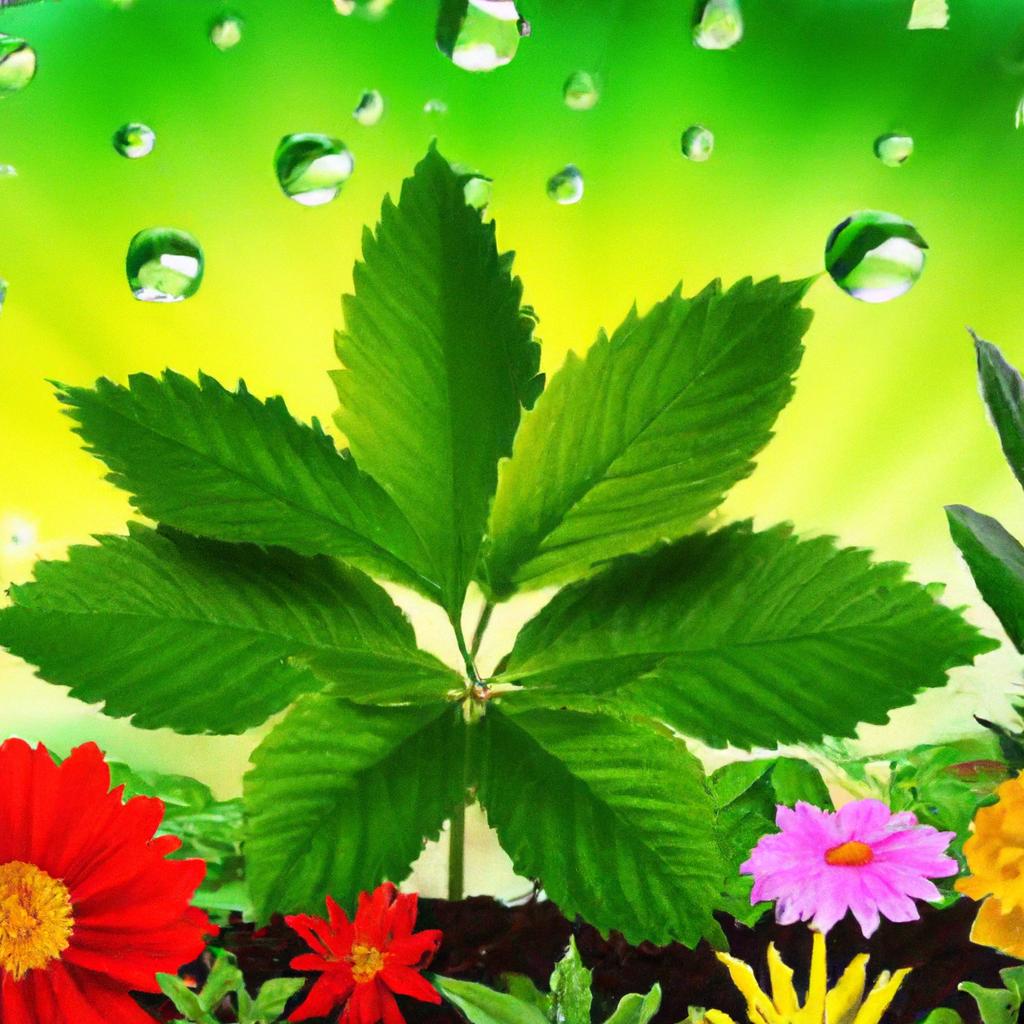
The Ultimate Guide to Medicinal Plant Cultivation
Welcome to the world of healing herbs and holistic wellness, where the knowledge of cultivating medicinal plants offers a blend of therapeutic and self-sufficiency rewards. Whether you’re a seasoned gardener or a curious newcomer, this guide is your ultimate companion for growing a lush, vibrant pharmacy right in your backyard. Embrace the art and science of medicinal plant cultivation—and let’s grow towards health, naturally!
Why Grow Medicinal Plants?
Before we dig into the ‘how’, let’s explore the ‘why’ of our gardening journey:
-
- Health Benefits: Harness the natural properties of herbs to boost immunity, alleviate symptoms, and promote overall well-being.
-
- Eco-Friendly: Reduce your carbon footprint by growing your remedies instead of purchasing products with excessive packaging.
-
- Economic Savings: Save money in the long run by growing herbs that can be costly when purchased as supplements or tinctures.
-
- Therapeutic Activity: Find peace and joy in the process of gardening, known for its stress-reducing benefits.
Choosing the Right Medicinal Plants for Your Garden
Not all plants are created equal, especially when it comes to their healing abilities. Research is key. Familiarize yourself with plants known for their medicinal properties and their specific needs:
-
- Lavender (Lavandula spp.) for relaxation and sleep aid
-
- Chamomile (Matricaria chamomilla) for digestive health
-
- Echinacea (Echinacea purpurea) to support the immune system
-
- Mint (Mentha spp.) for digestive health and refreshing herbal teas
-
- Calendula (Calendula officinalis) for skin health and healing
Consult with local nurseries, look for native species, and consider your climate and soil type. Some plants may require more care or specific conditions to thrive, so plan your garden accordingly.
Starting Your Medicinal Herb Garden
Once you’ve selected your plants, it’s time to focus on the fundamentals:
Soil and Site Preparation
Most medicinal herbs prefer well-drained soil rich in organic matter. Test your soil’s pH and nutrient levels and amend accordingly. A sunny spot with at least six hours of direct sunlight is ideal for most herbs.
Planting Methods
Herbs can be started from seeds, seedlings, or cuttings. Some may require stratification or scarification to germinate. Each plant comes with its unique planting instructions, so read up or seek advice for best results.
Watering and Feeding
Water your herbs according to their needs—some prefer drier conditions, while others thrive in moisture. Use organic fertilizers or compost to provide a balanced feed without overloading your plants with chemicals.
Common Pests and Diseases
Keep an eye out for aphids, spider mites, and slugs. Employ organic pest control methods like neem oil, diatomaceous earth, or introduce beneficial insects. Prevent diseases by ensuring proper air circulation and avoiding overwatering.
Practical Tips for a Flourishing Medicinal Garden
Gardening is both an art and a science. Here are a few hands-on tips to help your medicinal garden thrive:
-
- Practice crop rotation and companion planting to enhance growth and reduce disease.
-
- Stay consistent with weeding and mulching to protect your plants and maintain soil health.
-
- Harvest appropriately: collect leaves before plants bloom, flowers at peak bloom, and roots in the fall or early spring for optimal potency.
Harvesting and Preserving Your Medicinal Herbs
The time when you harvest can greatly impact the efficacy of your herbal remedies. Here’s how to ensure the best quality:
-
- Timing: Harvest in the morning after the dew has cleared but before the sun is at its strongest to capture the highest concentration of active compounds.
-
- Method: Use sharp, clean implements to avoid damaging the plants and to facilitate healing and regrowth.
-
- Preservation: Dry herbs using a dehydrator, an oven at low temperature, or air-dry them in a warm, airy space. Store dried herbs in airtight containers away from light to preserve their healing properties.
Benefits and Practical Tips for Successful Medicinal Plant Cultivation
Here are some valuable insights to further enhance your horticultural journey:
-
- Start Small: Begin with a few plants and gradually expand your garden as you gain confidence and experience.
-
- Document Your Progress: Keep a garden diary to track planting dates, growth, and what works best for your herbs.
-
- Educate Yourself: Continuously learn about the plants in your garden, their uses, and how best to care for them.
By following these guidelines, you’ll cultivate not only a garden but a sanctuary of health and healing.
Conclusion
Embarking on the journey of medicinal plant cultivation is a rewarding endeavor that can bring beauty, health, and balance into your life. With this ultimate guide, you have the building blocks to create a bountiful and therapeutic garden. Remember, the key to a successful garden is careful planning, constant learning, and a dash of patience. Now, let’s sow the seeds of wellness and watch a vibrant herbal haven grow.
Happy gardening and healthy living!
